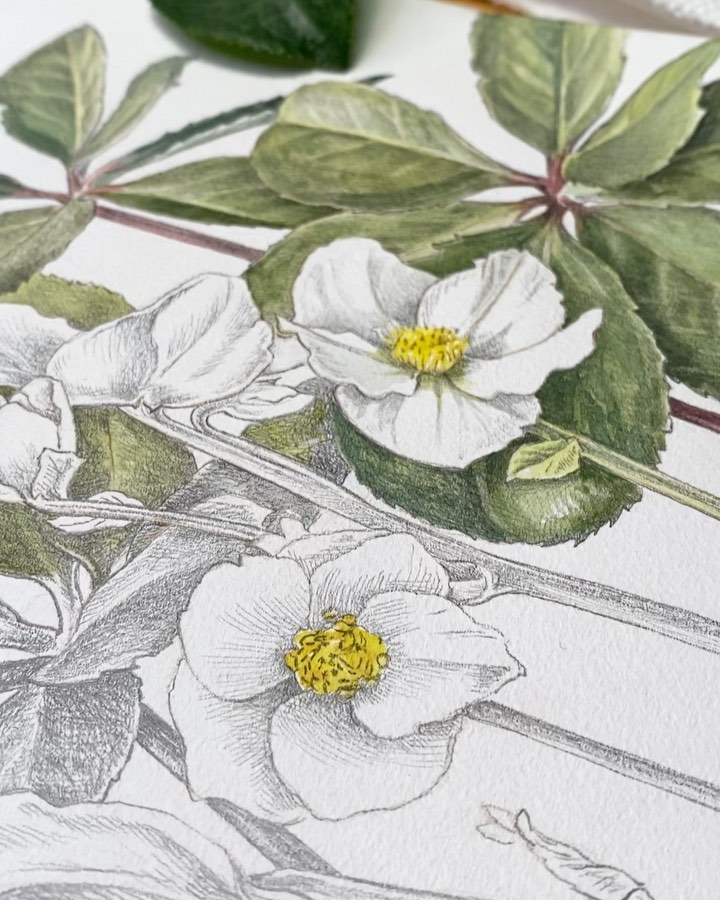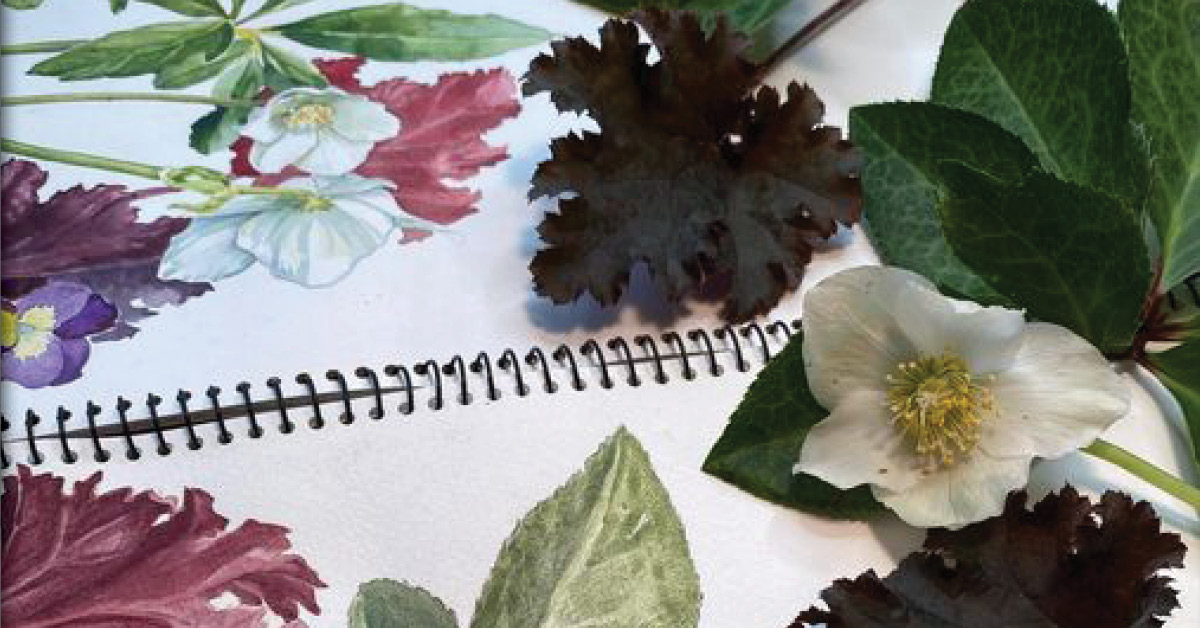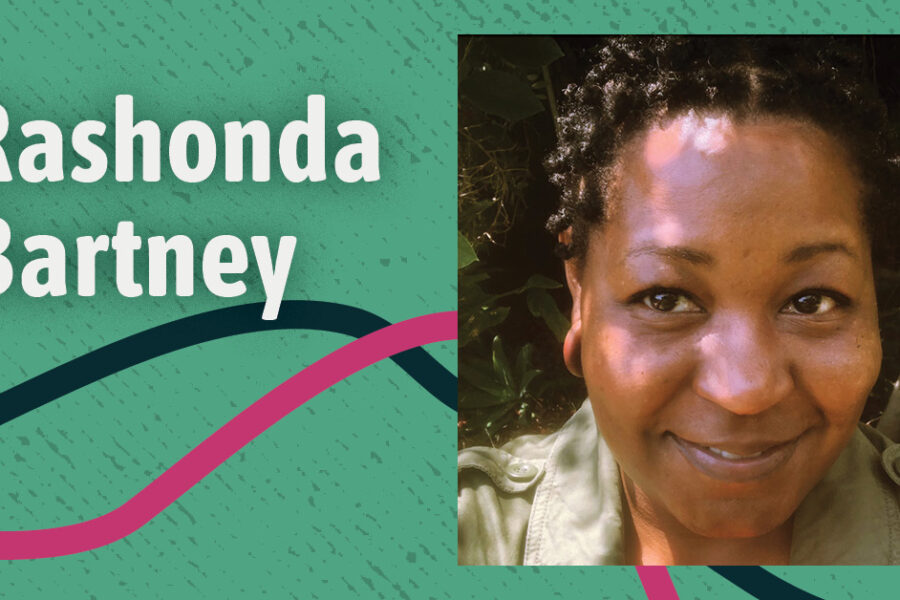You’ve heard of the World Wide Web, but have you heard of the Wood Wide Web? It’s nature’s social network. An underground system of roots, fungi, and bacteria found below forest floors which allow trees to communicate with each other and share resources. Trees, it turns out, are very generous.
“Mother trees, when they’re dying, believe it or not, discharge some of their nutrients to feed the trees around them. Isn’t that amazing?” asks Professor Mary Oak O’Kane. “What a metaphor—I am looking at the end of my life, and I have some gifts to bestow, and I’m going to release them for the younger ones coming up.”
In her course “Sacred Botany: Revisioning the Plant Kingdom” at Antioch Seattle, Oak O’Kane works with students by looking at scientific research into trees and tree systems and plant intelligence. To get students to connect more deeply with the natural world, the class moves beyond taxonomy and its history to other relationships with flora, such as indigenous practices, folklore, poetry, and other artistic forms of plant celebration. These kinds of connections move learners away from seeing the natural world as something to be used and towards seeing it as a living ecology that we’re all a part of.
Relationships Between People and Plants
“What if we looked at the natural world not as a resource for us to deplete but as something to live in relation with and celebrate?” Oak O’Kane asks. This is one of the many fascinating questions being posed in the course. The Western model of looking at the natural world is along the lines of extraction.The children’s book by Shel Silverstein, The Giving Tree, is a classic example of this thinking—where we take and take from nature until there is nothing left.
What if instead of thinking of plants and the natural world as commodities, things to carve our names into, we instead thought of them as the living beings that they are. “I think we have, in the West, limited ourselves to where we are the observer and the plant is the object,” explains Oak O’Kane. Since the Industrial Revolution, people have lost the knowledge and intimacy with plants that they used to have when they were relying on them to make their own medicines. People used to know a lot more about the native plants that grew around them, not just intellectually but through observation.
These are the relationships Oak O’Kane is working to rebuild through her class. And this interdependent ecology offers new perspectives for students in and out of the classroom.

Put Yourself in the Place of the Plant
Students in the Sacred Botany class journal, observe, and commune with plants. They use their bodies as well as their minds to connect with plants of their choice. Through the passage of time they observe the changes in a plant through the quarter. They are asked to make the empathetic leap and imagine the experience of the world from the plant’s point of view.
Former student Ariana Chantee loved the combination of science, art, and spirit in the class. Students were asked to keep a botany sketchbook. The process of drawing all the minute details of a plant she was studying focused her attention, but also got her to look more closely, with what Oak O’Kane describes as a “soft gaze,” a way of taking in the full plant as well as its details.
During plant observations students were asked to use all of their senses—including their emotional reactions. They were encouraged to practice empathy, to imagine how the world feels to the plant. “The plant observation and imaginative play exercises built my connection with the natural world. I started to value the individuality of the plant as well as nature as a larger system,” Chantee says. “Importantly, I started to feel part of nature rather than separate from it.”

Children of the Green Earth
Oak O’Kane studied at Antioch Seattle herself, getting her undergrad degree in Sacred Ecology and Mythopoetics and an MFA in Nonfiction from Antioch Los Angeles. She first became interested in the subjects she teaches in Sacred Botany in the 1980’s, as a young parent. She was experiencing a growing sense of concern about the environmental crisis, when she came upon a small organization called Children of the Green Earth.
“It was started by Richard St. Barbe Baker, a forester who was at the end of his life and had done a lot of reforestation. His ending wish was to turn children on to planting trees, and doing it in a way where they were connecting with children in other parts of the world.” Like the mother tree that gives its nutrients to the younger generations, this forester was bringing children from all over the globe together united in the purpose of re-growing some of the woods that have been cut down. “I consider myself an activist through the Arts,” Oak O’Kane says. “If a child is connected to the world of nature then they’re not going to grow up to abuse it. It can be that simple.”
From these roots Oak O’Kane is continuing to create new connections between people and the plant world—and challenging the idea that they’re separate. Through this course, “Sacred Botany,” Oak O’Kane offers students new ways to learn from the plants growing all around us.




